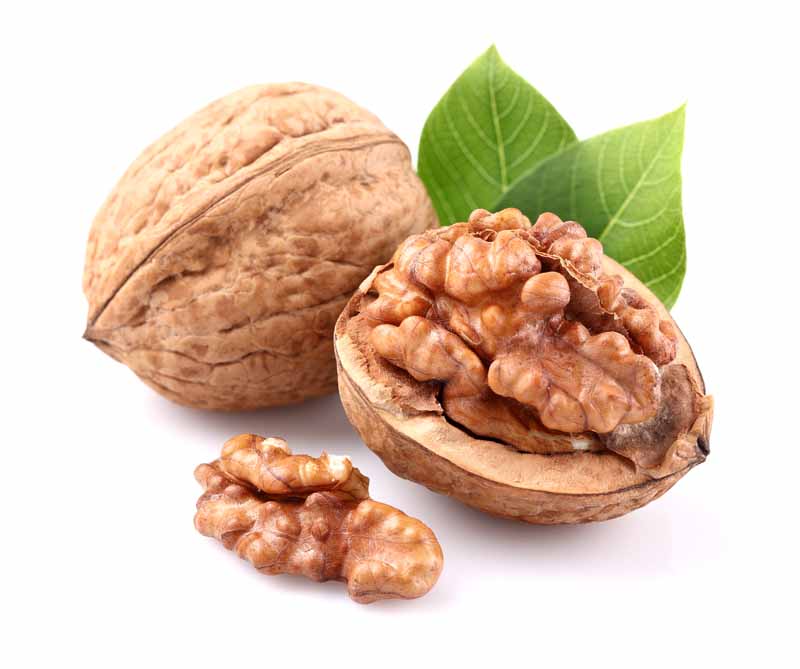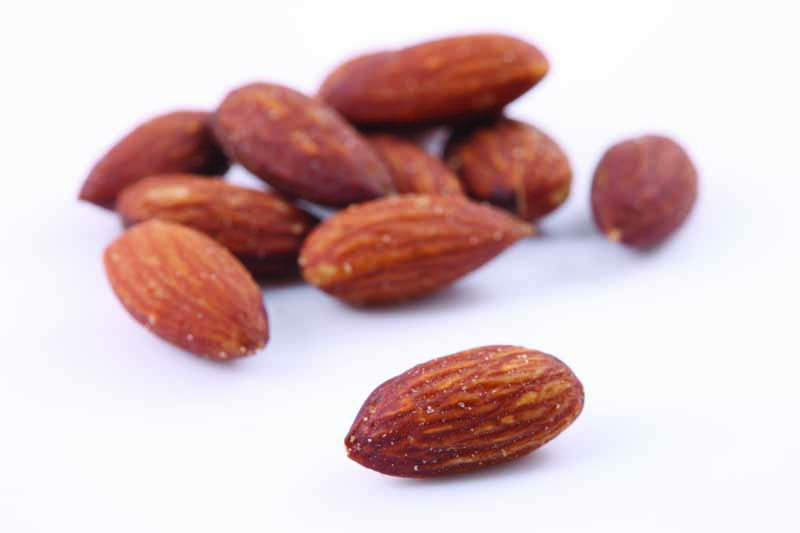Pistachio
The pistachio a member of the cashew family, is a small tree originating in Persia. The tree produces seeds that are widely consumed as food. The word can be countable or uncountable, meaning its plural is with or without an ‘s’.
November 18, 2019
Description
The tree grows up to 10 metres (33 feet) tall. It has deciduous, pinnate leaves 10–20 centimetres (4–8 inches) long. The plants are dioecious, with separate male and female trees. The flowers are apetalous and unisexual and borne in panicles.[citation needed]
The fruit is a drupe, containing an elongated seed, which is the edible portion. The seed, commonly thought of as a nut, is a culinary nut, not a botanical nut. The fruit has a hard, cream-colored exterior shell. The seed has a mauve-colored skin and light green flesh, with a distinctive flavor. When the fruit ripens, the shell changes from green to an autumnal yellow/red and abruptly splits partly open. This is known as dehiscence, and happens with an audible pop. The splitting open is a trait that has been selected by humans.[5] Commercial cultivars vary in how consistently they split open.
Each mature pistachio tree averages around 50 kilograms (110 pounds) of seeds, or around 50,000, every two years.[6]
Etymology
Pistachio is from late Middle English pistace, from Old French, superseded in the 16th century by forms from Italian pistacchio, via Latin from Greek πιστάκιον pistákion, and from Middle Persian pistakē.[7]



Leave A Comment